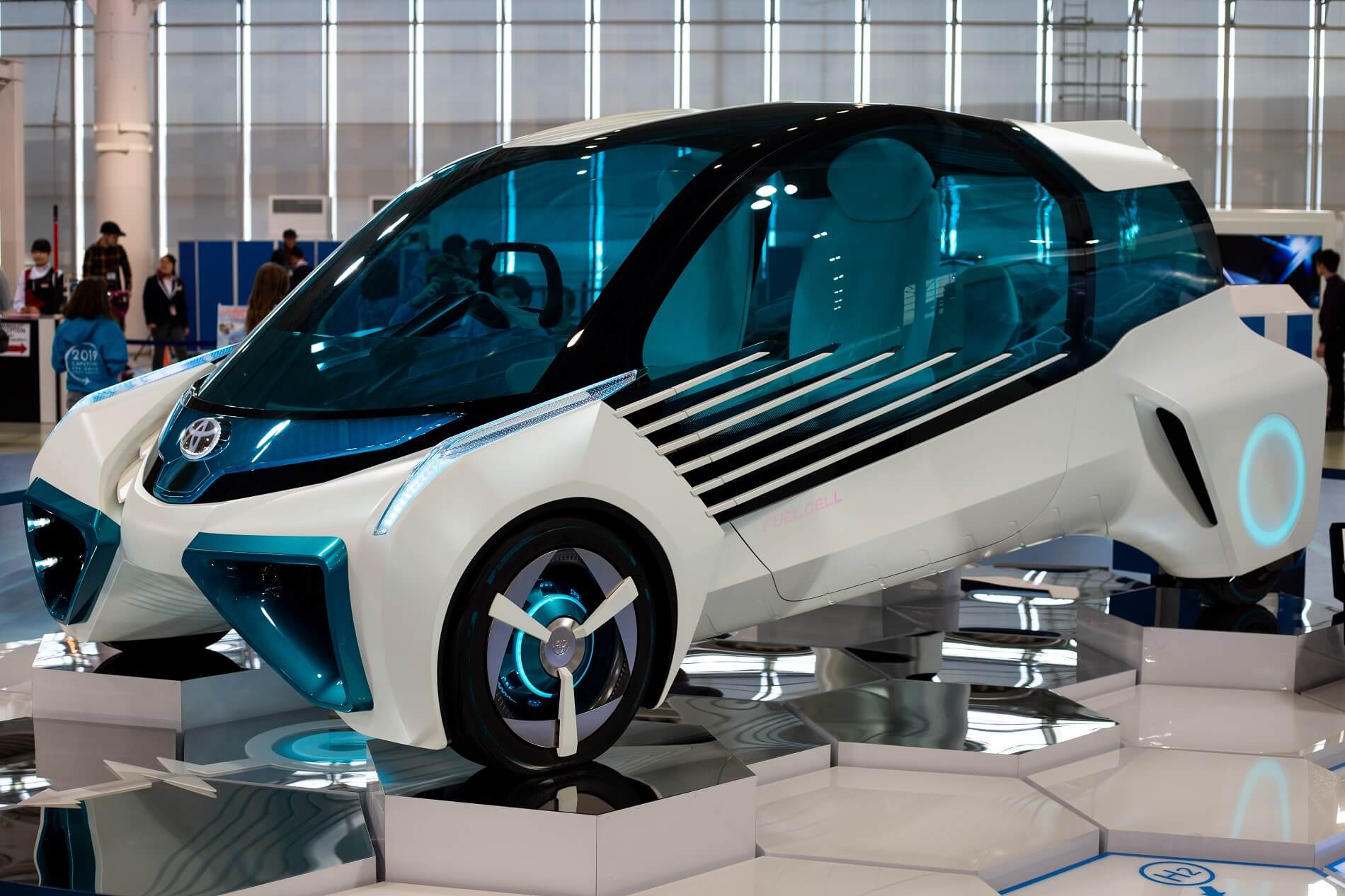
The future of cars
Hardly imaginable at the time, today many technical gadgets are part of the basic equipment. Whereas 25 years ago we had to roll down the windows in our cars by hand, today all we have to do is press a button. From air conditioning to reversing cameras and automatic hazard warnings, cars have turned into moving computers. But what can the automotive industry do to make it even better and even safer?
Trends in the automotive industry
Visionaries are certain about one trend: the automotive industry must offer a longer product life. This means that, unlike today, a car should not become unusable after about 15-20 years or be in such a condition that replacing parts is no longer worthwhile because it exceeds the value of the car. All used car parts should be made usable again in a kind of circular economy. Long-lived car parts are to be reconditioned and reinstalled in new cars. This should not only save money, but in particular the environment. As many have already suspected, the mobility of the future will be purely electric. Buttons and cogs are to disappear and functions are to be carried out by voice command.
Engineers in the automotive industry have developed the first models with only one door for getting in and out. This model is for autonomous cars. The interior of the vehicle is supposed to look very minimalistic as well as futuristic and be equipped with many windows or glass surfaces. Large, conspicuous displays will be replaced by displays that only appear while driving and completely merge with the dashboard. The materials inside the car are also to become more sustainable. Seat covers could thus only be made of sustainable textiles such as hemp or linen.
Autonomous / automated driving
Autonomous driving has been talked about for a few years now, yet it is not yet ready to hit the roads. Most car models already have cruise control, but this only serves to maintain the speed that has been preset and belongs to the category of assisted driving. The driver still has to pay attention to the traffic and hold the wheel.
Partially autonomous driving means that the driver still has to hold the steering wheel, but the vehicle partially takes over acceleration, braking and lane keeping. To do this, the car must have automatic adaptive cruise control. In addition, semi-autonomous vehicles can take over parking for the driver.
With highly automated driving, the driver can take his hands off the wheel and no longer has to pay attention to the traffic. Only in the event of a request from the vehicle does the driver have to take over the wheel again. Autonomous driving can only be activated under certain conditions and for a limited time.
If a vehicle is fully automated, the driver must be at the wheel. The car drives automatically. Fully automated driving can be set on motorways, as there is no oncoming traffic there. The car takes care of entering the motorway, overtaking and also exiting by itself.
It goes one last level higher: with autonomous driving, no driver needs to sit behind the wheel. The vehicle is fully guided by the system. In this mode, the vehicle can find its way around everyday traffic, cross intersections or master a trip on a roundabout. So it could be that vehicles in the future will no longer have a steering wheel or pedals.
Do you still park yourself or is it already automated? It doesn't matter at McParking, with us every car gets a safe and cheap parking space at BER Airport!



